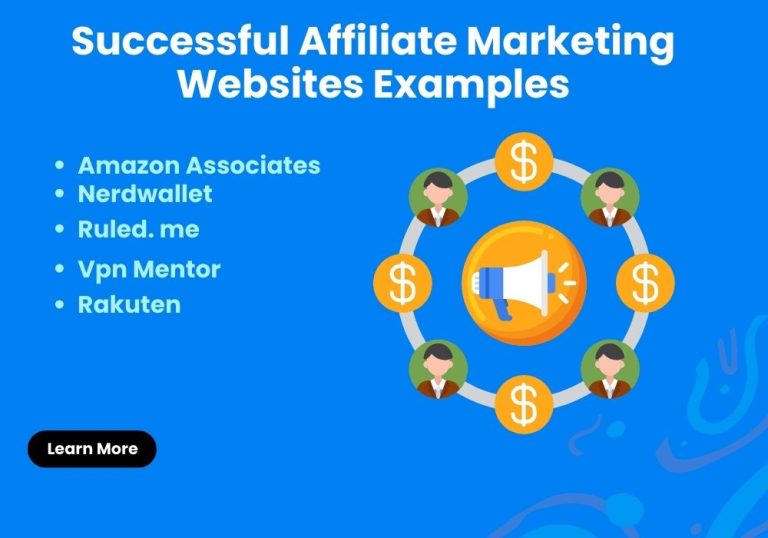The Ultimate Guide to Your Personal Brand Website
In today’s digital-first world, having a personal brand website is not a luxury; it’s a necessity. Whether you’re an entrepreneur, freelancer, influencer, or professional, your website acts as your digital home base, showcasing who you are, what you do, and what you stand for. Here’s a step-by-step guide to creating the ultimate personal brand website that truly represents you.
Look at your previous post, Popular Corporate Websites. When it comes to creating corporate websites, design is key.
Why Do You Need a Personal Brand Website?

Your brand website offers numerous benefits:
- Professional Credibility: It establishes trust and positions you as an expert.
- Control Over Your Narrative: Unlike social media platforms, your website lets you control how your story is told.
- SEO Benefits: A well-optimized website makes it easier for people to find you on search engines.
- Opportunities for Growth: Whether you’re looking to land clients, job offers, or collaborations, a personal website opens doors.
Key Elements of a Personal Brand Website

Your website should include the following essential elements:
A Clear and Professional Homepage
Your homepage is the first impression visitors will have. Include:
- A clean, professional design that reflects your personality.
- A high-quality headshot or personal branding photo.
- A short tagline that summarizes who you are and what you do.
An About Page That Tells Your Story
Use the About page to connect with your audience. Include:
- A summary of your professional journey.
- Your values and mission.
- A touch of personality to make it relatable.
A Portfolio or Services Page
Showcase your skills or services with:
- A portfolio of past work (if applicable).
- A clear description of the services you offer.
- Testimonials or case studies to build credibility.
A Blog or Resources Section
This is where you can share your expertise and build authority. Write about:
- Topics relevant to your field.
- Tips, tutorials, or insights that your audience will find valuable.
A Contact Page
Make it easy for people to get in touch. Include:
- A contact form.
- Your email address (if appropriate).
- Links to your social media profiles.
Designing Your Website
Design is crucial for making a lasting impression.
- Choose a Clean Layout : Keep the design simple and user-friendly. Avoid clutter and use plenty of white space to let your content shine.
- Use a Consistent Color Palette: Select 2-3 colors that align with your brand and use them consistently across your website.
- Pick Legible Fonts: Choose fonts that are professional and easy to read. Avoid using too many font styles.
- Optimize for Mobile: Ensure your website looks great on all devices, especially mobile phones.
- Use High-Quality Visuals: Invest in professional photos or use high-quality images that represent your brand
Optimizing for SEO
To make your website visible to search engines, follow these SEO tips:
- Use targeted keywords throughout your site.
- Write descriptive meta tags for each page.
- Optimize images with alt text.
- Ensure your website loads quickly.
- Create valuable, shareable content.
Promoting Your Personal Brand Website

Once your website is live, it’s time to spread the word:
- Share it on Social Media: Post about your new website on platforms like LinkedIn, Instagram, and Twitter.
- Include It in Your Email Signature: Add a link to your website in your professional email signature.
- Collaborate and Network: Partner with others in your field to expand your reach.
Tools and Resources to Build Your Website
Here are some tools to help you create and manage your website:
- Website Builders: WordPress, Wix, Squarespace
- Design Tools: Canva, Figma, Adobe XD
- Stock Photos: Unsplash, Pexels
- SEO Tools: Yoast SEO, Ahrefs, SEMrush
Common Mistakes to Avoid
When building your website, watch out for these pitfalls:
- Overloading with Information: Keep your website simple and focused.
- Neglecting Mobile Optimization: A significant portion of web traffic comes from mobile devices.
- Ignoring Analytics: Use tools like Google Analytics to track and understand your visitors.
Real-Life Examples of Successful Personal Brand Websites

- Marie Forleo (www.marieforleo.com): Combines a clean design with engaging content.
- Neil Patel (www.neilpatel.com): Focuses on value-driven content and SEO expertise.
- Ali Abdaal (www.aliabdaal.com): Showcases his diverse skills with a user-friendly layout.
Conclusion
Creating your personal brand website is an investment in your future. By following this guide, you’ll have a platform that showcases your unique talents, connects you with your audience, and sets you up for success. Take the first step today, and watch your personal brand soar!







